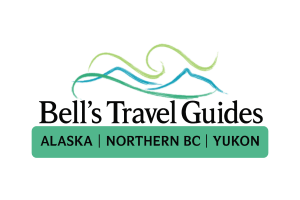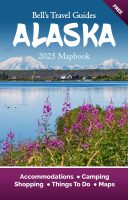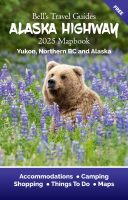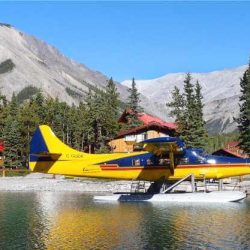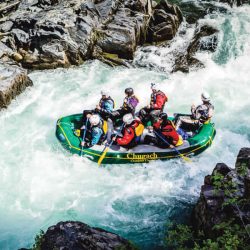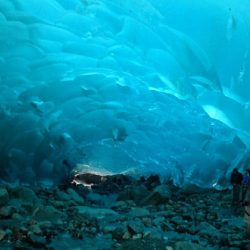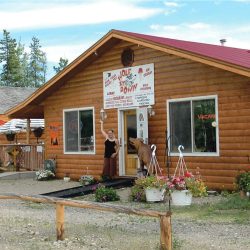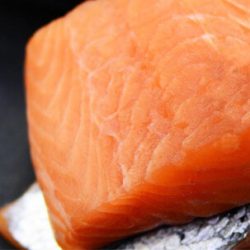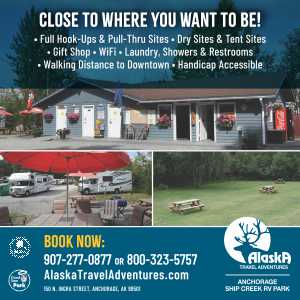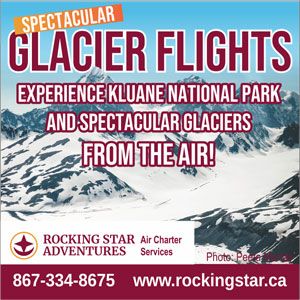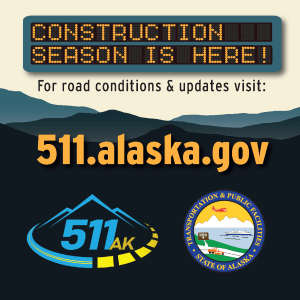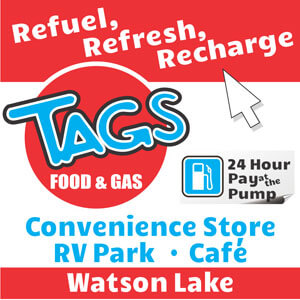Alaska Marine Highway System: Alaska’s State Ferry
For travelers looking to experience Alaska beyond the typical cruise ship, the Alaska State Ferry offers an unforgettable way to explore the state’s vast miles of coastline. Known officially as the Alaska Marine Highway System (AMHS), this network of ferries connects over 30 communities along 3,500 miles of scenic waterways — from the Inside Passage to the Aleutian Islands.
Designated a National Scenic Byway, the Alaska ferry system isn’t just transportation — it’s one of the most unique travel experiences in the United States. You can bring your car or RV aboard, sleep under the stars on the upper deck, and visit coastal towns that no black-top roads or cruise ships can reach.
Plan your trip with our free Alaska Trip Planner — the easy way to find accommodation and activities on Alaska’s state ferry Route.
To build your itinerary select “Drive Your Own Vehicle” –> “Routes to Alaska” and then select “Alaska Marine Highway to Alaska“
What Is the Alaska Marine Highway System
Operated by the State of Alaska Department of Transportation, the AMHS is both a lifeline and a scenic route — connecting Alaska residents and travelers to the state’s coastal communities across thousands of square miles.
The system stretches from Bellingham, Washington, through Southeast Alaska, across the Gulf of Alaska, and all the way to Dutch Harbor on the Aleutian Islands. With multiple vessels and terminals along the route, it provides both passenger services and vehicle ferry rides year-round.
Each year, thousands of travelers use the ferry network as an alternative to the Alaska Highway or a cruise ship. It’s an adventure for those who want to slow down, meet locals, and see Alaska from the water.
Popular Routes and Destinations
The Inside Passage route is the heart of the Alaska ferry system — and one of the most scenic journeys in the world.
Ferries depart from Bellingham, Washington, and travel north through Southeast Alaska, stopping in communities like Ketchikan, Wrangell, Petersburg, Sitka, Haines, and Skagway and Juneau (Auke Bay is the name of the Juneau Terminal) .
You’ll glide past forested islands, snowcapped peaks, and endless miles of coastline, spotting whales, sea lions, and eagles along the way.
Best time to go: May through September offers long daylight hours and calm seas.
Pro tip: Many travelers combine the Inside Passage with a drive on the Alaska Highway for a full land-and-sea experience. Our “Alaska Marine Highway to Alaska” Route in our Travel Planner covers this excellent option.
Sailing through Prince William Sound is like stepping into a postcard. Ferries connect Whittier, Valdez, and Cordova, gliding past glaciers, waterfalls, and fjords surrounded by snowcapped peaks and active volcanoes.
Passengers can enjoy the view from observation lounges, reading rooms, or the upper deck. The route is vital for both travelers and local Alaskans.
Best time to go: Late spring through early fall. Winter schedules are limited.
The Kenai Peninsula is known for its wildlife, fishing, and rugged coastline — and the Alaska State Ferry is integral in connecting remote towns.
From Homer, travelers can catch a ferry across Cook Inlet to Kodiak Island, famous for its fishing heritage and Kodiak bears.
Ferries to Kodiak often carry both walk-on passengers and vehicles, making it ideal for those bringing RVs or adventure gear.
When to go: Summer months are best, offering calm seas and a chance to spot puffins, whales, and otters.
For the truly adventurous, few journeys compare to the Aleutian Chain route. Stretching over 1,000 miles, this voyage takes you past volcanic peaks, remote islands, and thriving fishing communities — all the way to Dutch Harbor, one of the busiest seafood ports in the world.
The MV Columbia and other mainline ferries handle these longer sailings, complete with dining rooms, observation decks, and overnight cabins.
Sailing to Dutch Harbor is a once-in-a-lifetime experience that showcases Alaska’s most remote beauty.
Alaska Towns That Connect to the Road System and Alaska Marine Highway
While many Alaska Marine Highway destinations are only accessible by water or air, a few ferry ports connect directly to the road system — ideal for road-trippers and RV travelers.
Haines offers an easy connection between the ferry system and the Alaska Highway via the 153 mile/246 km Haines Highway, known as one of North America’s most scenic drives. Haines is the perfect connection point between land and sea travel.
Skagway is steeped in Gold Rush history and linked to Canada’s Klondike Golf Rush of 1898. Many visitors reach Skagway by ferry, then drive over the White Pass on the South Klondike Highway to explore the Yukon and interior Alaska.
Skagway less than a 2 hour drive from Whitehorse, a great city to explore the Yukon’s history before heading north on the Alaska Highway or Klondike Highway. Skagway is part of the Golden Circle Route that is a favorite with visitors.
Valdez sits at the beginning of the Richardson Highway and is known for its glaciers, fishing, and waterfalls. Travelers can drive to Valdez from and then catch a ferry across Prince William Sound to Whittier for a scenic shortcut to Anchorage.
Whittier is the closest ferry port to Anchorage and a key connection between the road system and coastal Alaska. It’s accessible by the Anton Anderson Memorial Tunnel — North America’s longest combination road/rail tunnel. Whittier is the starting point for many Prince William Sound scenic day cruises.
Prince Rupert, on British Columbia’s north coast, has long been one of the few road connections to the Alaska ferry system — however, it is not currently an active Port, it may be re-opened again in the future.
For years, AMHS ferries connected Prince Rupert to Ketchikan in Southeast Alaska, offering a further north starting point than Bellingham, Washington.
Currently, only BC Ferries operates sailings to Prince Rupert from Port Hardy on Vancouver Island. Travelers planning to reach Alaska by ferry need to begin their journey in Bellingham, which remains the southernmost AMHS terminal.
Prince Rupert is still a worthwhile stop for those heading north — with rich First Nations culture, museums, and access to coastal wilderness. Travelers can then head north to the Yukon and Alaska on the Cassiar Highway.
These port towns offer the best of both worlds: access to Alaska’s vast road network and the unforgettable ferry routes that explore its stunning coastal beauty.
AMHS Onboard Experience – What to Expect on the Alaska State Ferry
Life aboard the Alaska State Ferry feels relaxed and unhurried — a mix of comfort and genuine connection with Alaska’s people and places.
Certain ferries allow passengers to reserve a cabin, or guests can bring a sleeping bag and camp under the early morning sky on the upper deck. Some travelers even pitch small tents in covered areas.
The car deck lets you bring your vehicle, bike, or RV. You’ll pay a total cost based on size, route, and cabin fare.
Dining rooms serve fresh meals, while beverage service and gift shops add convenience. Ferries feature public restrooms, reading rooms, and baggage carts for easy travel.
It’s a mix of locals, backpackers, and families. You might chat with residents heading home to remote villages or photographers chasing glaciers — all while sailing through hundreds of miles of Alaska’s coastal wilderness.
Ferry Travel Tips
Bring warm layers — even in summer, sea breezes can be chilly.
Ferries have very limited Wi-Fi (or none at all) but plenty of jaw-dropping scenery.
Enjoy friendly staff and announcements from the Passenger Services Department highlighting major sights.
Check the gov website for official schedules and route updates.
Booking Your Alaska State Ferry Trip
The Alaska ferry system operates year-round, but routes and frequency vary by season.
Visit the official Alaska Marine Highway System gov website to view schedules and routes.
You can book online or by phone with AMHS customer service.
Fares depend on route length, number of passengers, and the total number of vehicles or cabins.
Summer (May–September) is peak season — book several weeks ahead.
Spring and fall offer fewer crowds but limited sailings and better prices.
Walk-on passengers can travel spontaneously between towns.
Drive-on travelers should book early — vehicle space is limited.
Our Alaska Trip Planner shares travel routes where ferry travel is necessary like the Golden Circle Route or taking the Ferry from Bellingham, WA north through the Inside Passage. Find both Routes in “Routes TO Alaska“
Why Choose the Alaska Marine Highway Ferry System Over a Cruise Ship
Cruises offer luxury — but the Alaska State Ferry offers freedom.
You decide where to stop and how long to stay. The ferries connect real Alaska’s coastal communities, not just tourist ports.
No need for a luxury suite — bring a sleeping bag or book a cabin onboard for a real taste of travelling through Alaska’s coastal communities.
From Prince William Sound to Dutch Harbor, the ferry takes you where cruise ships can’t — through authentic, everyday Alaska.
Plan Your Alaska Marine Highway Adventure
The Alaska State Ferry is more than transportation — it’s a journey through Alaska’s heart. Whether you’re driving aboard, camping on deck, or sailing between glacial bays, it’s an experience unlike any other.
Plan your trip now with our free Alaska Trip Planner. Build routes, connect ferry sailings to road trips, and don’t miss a single mile of Alaska’s incredible coastline.
Alaska Travel Tips
Sign up for our 4-part email series to discover critical information for planning your ultimate Alaska vacation!
